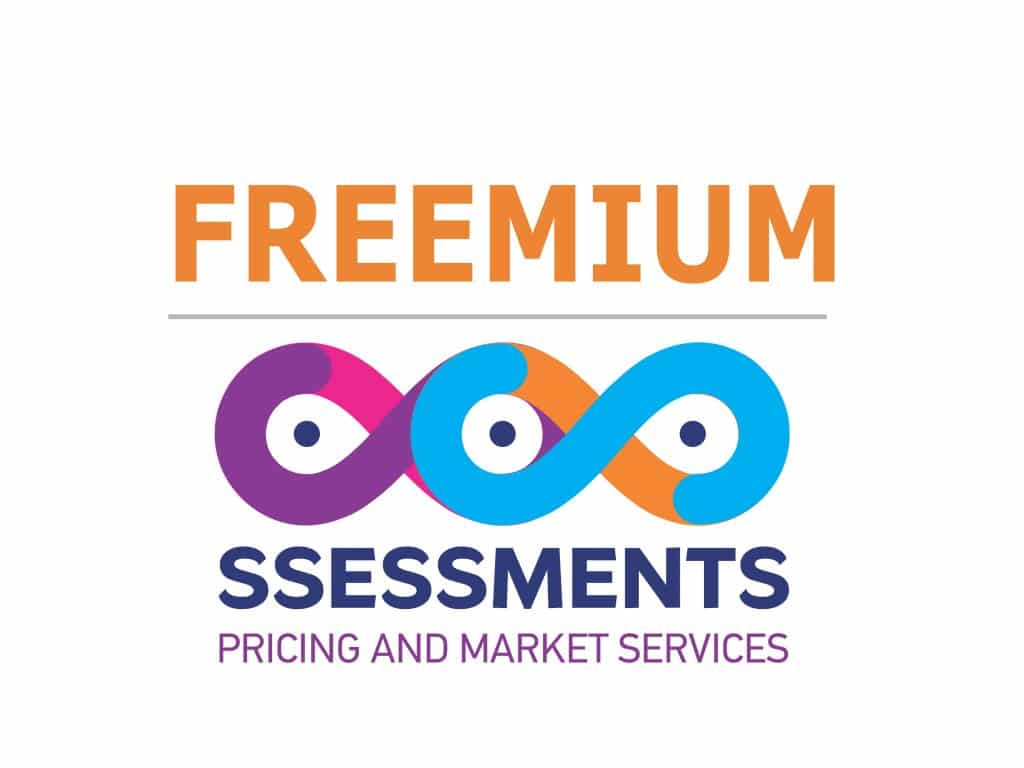According to International Energy Agency (IEA) website publication on Renewables 2022 Analysis and forecast to 2027 report:
Biofuel demand across Europe expands 5% to 29 200 MLPY over 2022-2027. Renewable diesel and biojet fuel lead growth while biodiesel demand declines. Ethanol consumption remains near the 2021 level, as state-level policies encourage expansion even though gasoline and diesel demand fall 13% over the forecast period.
This year’s demand growth forecast remains near last year. Although there are regional and fuel changes because of modifications to Germany’s feedstock eligibility rules and lower estimated transport fuel use over the forecast period. In the accelerated case, demand rises more strongly because we assume that EU member states incorporate the Fit for 55 transport targets into their domestic policies.
Europe’s renewable diesel demand expands by 1 800 MLPY over 2022-2027, with France, Finland and Germany accounting for 80% of this growth. France targets 8% biodiesel blending (including renewable diesel) by 2027, Finland aims for 30% renewable energy sources in transport by 2027 and Germany targets a 14.5% GHG emissions intensity reduction in transport by 2027. Renewable diesel production expands in France, Sweden, the Netherlands, Finland and Spain to supply the volumes required for proposed projects in these countries.
Biojet fuel consumption expands to 1 200 MLPY by 2027, as the ReFuelEU Aviation proposal requires 2% SAF blending by 2025 and 5% by 2030. We expect this policy to be implemented over the forecast period, supporting the SAF forecast. SAF targets in the United Kingdom and Norway also indicate rising biojet fuel demand.
Meanwhile, ethanol demand remains steady over the forecast period. The most significant growth is in the United Kingdom, where consumption expands 55% or 400 MLPY during 2022-2027 to meet the UK Renewable Transport Fuel Obligation supported by 10% ethanol-blended gasoline availability across the country. Ethanol demand rises in France as well, thanks growth of its flex-fuel vehicle fleet.
Across the European Union overall, however, ethanol demand peaks mid-forecast and then falls to 2027. This decline results from a 10% drop in gasoline consumption over the forecast period as vehicles become more efficient and electric vehicles are adopted. Lower gasoline demand thus means less ethanol is needed to meet blending targets.
EU biodiesel consumption declines 3% to 13 900 MLPY over 2022-2027 as demand for regular diesel drops 14%. Additional biodiesel blending is not an option for many countries, since they are already near the 7% blending limit set in the EU Fuel Quality Directive. France, Germany, the Netherlands and Spain all reach this limit over the forecast period, but Italy has considerable growth potential because it achieved just 2.2% biodiesel blending in 2021.
The combination of declining gasoline and diesel demand as well as feedstock limitations put additional downward pressure on the forecast. For instance, in September 2021 Germany reduced its cap on crop-based fuels from 6.5% to 4.4% and limited the employment of used cooking oil and animal fats to 1.9% on an energy basis. These feedstock caps will likely be reached during the forecast period when gasoline and diesel demand declines. Volume growth would therefore be limited to fuels made from wastes and residues, which rely on noncommercial conversion technologies or feedstocks available in just small quantities today.
The EU Renewable Energy Directive also limits crop-based fuels to a one percentage-point increase above 2020 levels and to no more than 7% on an energy basis. Used cooking oil and certain animal fats are capped at 1.7%,(15) and IEA analysis indicates this limit will likely be reached across the European Union during the forecast period.
In the accelerated case, biofuel demand grows by 8 500 MLPY (six times the main case), assuming the European Union implements its revised Renewable Energy Directive as outlined in the Fit for 55 package. The revised directive calls for a 13% decline in transport GHG emissions intensity by 2030, 2.2% advanced fuel use and 2.6% use of renewable fuels from non-biological sources.(16)
As the revised Renewable Energy Directive is still under negotiation, there is potential for higher targets as proposed by the European Parliament and Council. The European Commission estimates the revised Renewable Energy Directive would achieve 28% renewable content in transport fuels by 2030, double the current target. (17) This does not mean that biofuel demand and production will double, however. The same blending limits, feedstock constraints and declining gasoline and diesel demand will still limit growth potential. Nevertheless, if all planned facilities are built, there would be an additional 1,700 MLPY of production from plants using advanced feedstocks.
Biofuels are also only one option for policy compliance. Electricity, biogas and renewable fuels from non-biological sources such as hydrogen will also contribute. Additionally, the transport targets of Germany, Finland and Sweden are already more ambitious than in the revised directive, reducing potential for additional growth.
(15) This refers to feedstocks in the Renewable Energy Directive Annex IX, Part B.
(16) This can include synthetic fuels made from CO2 and hydrogen.
(17) Both the current 14% target and the 28% goal are based on the Renewable Energy Directive’s calculation methodology, which includes multipliers for specific fuels.
Tags: AlwaysFree,Bio/Renewables,English,Europe
Published on January 2, 2023 9:56 AM (GMT+8)Last Updated on January 2, 2023 9:56 AM (GMT+8)


